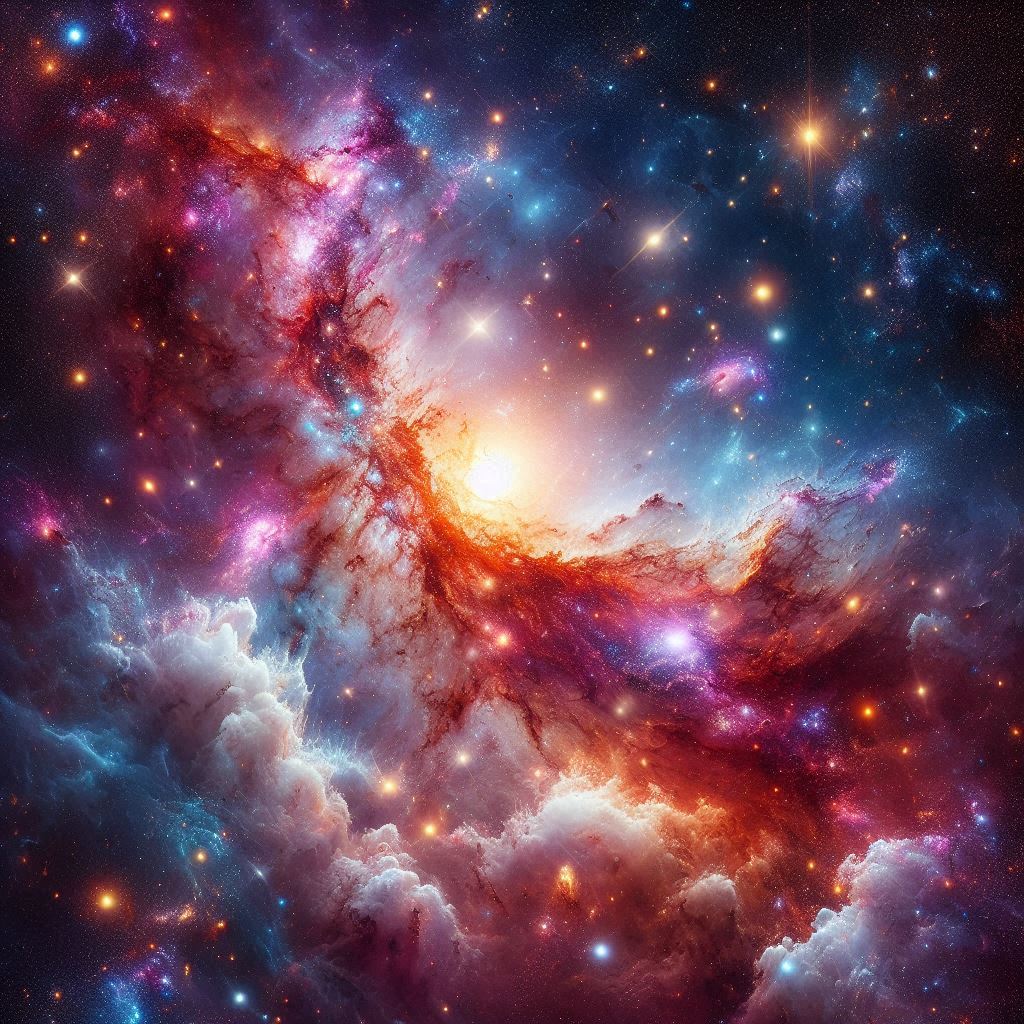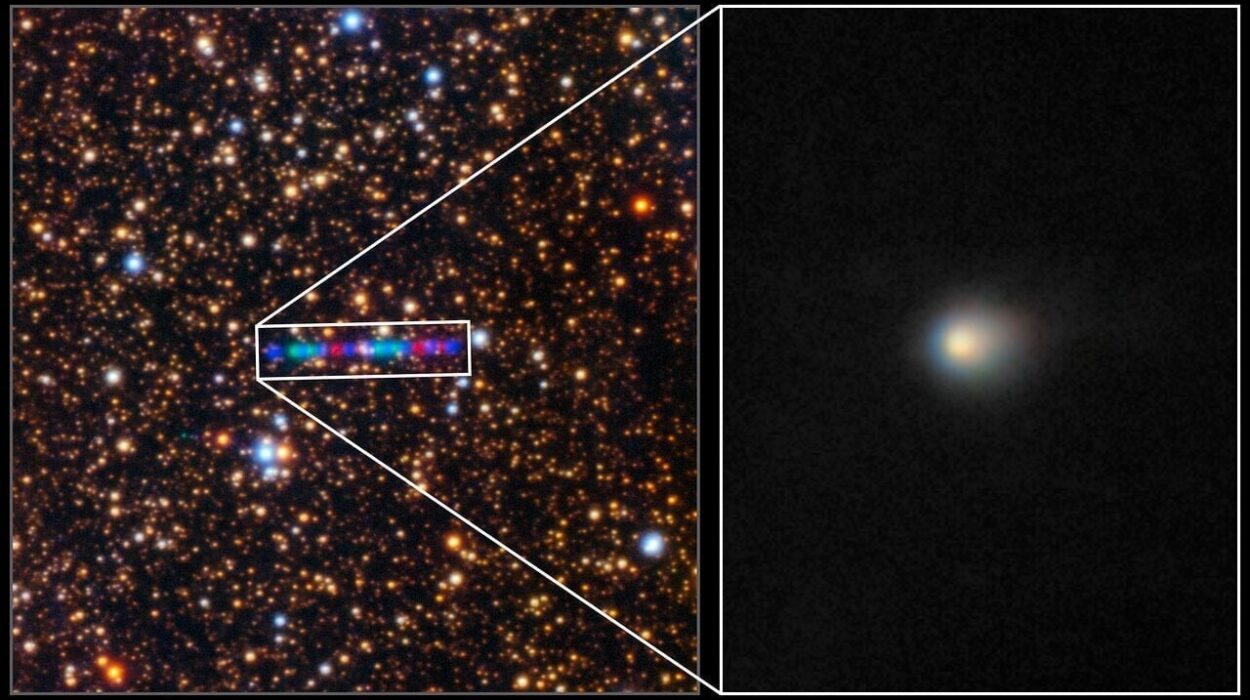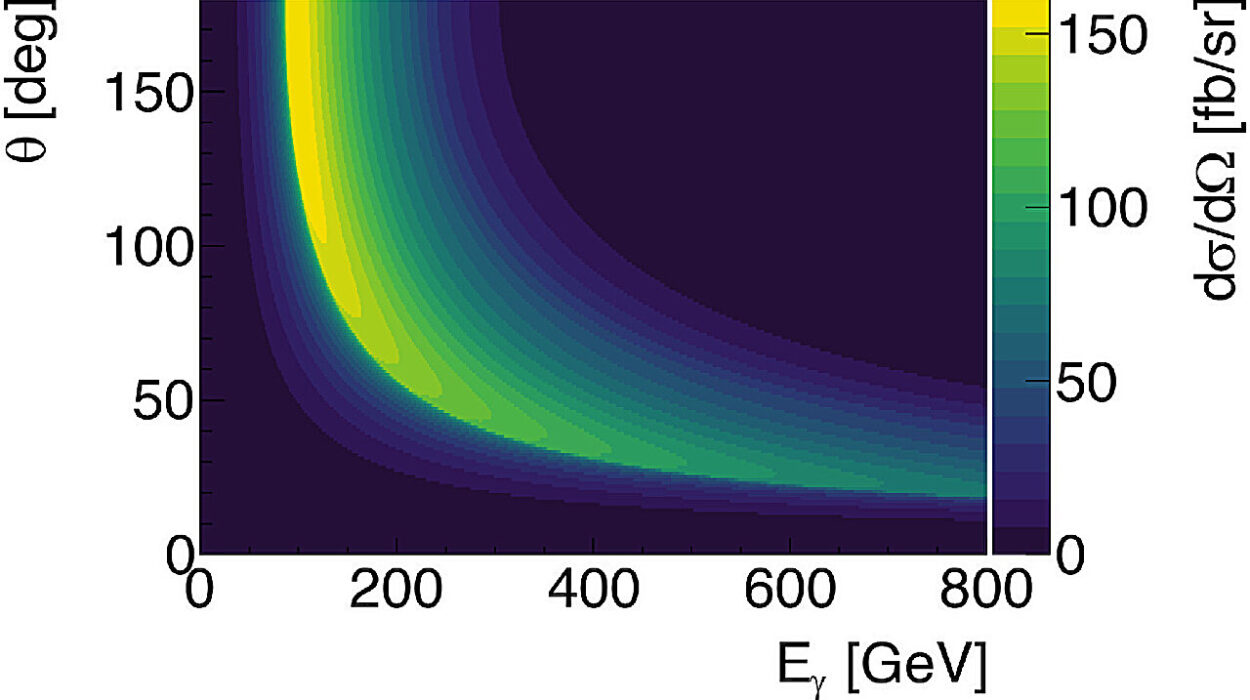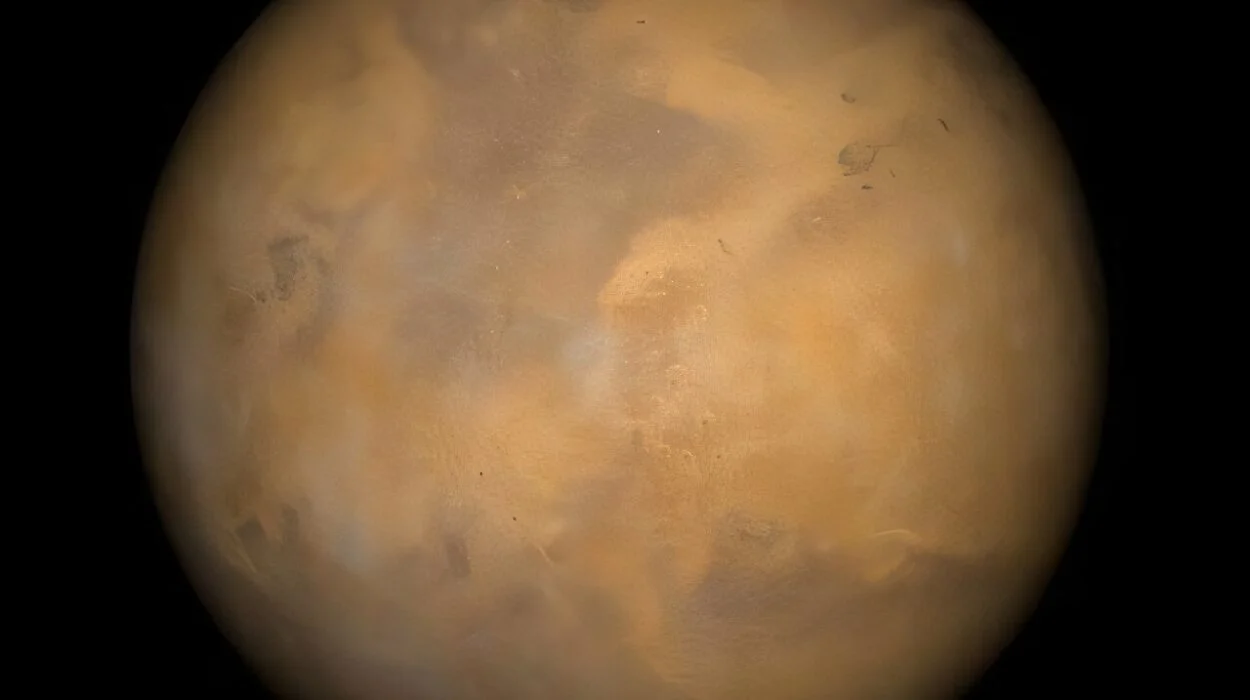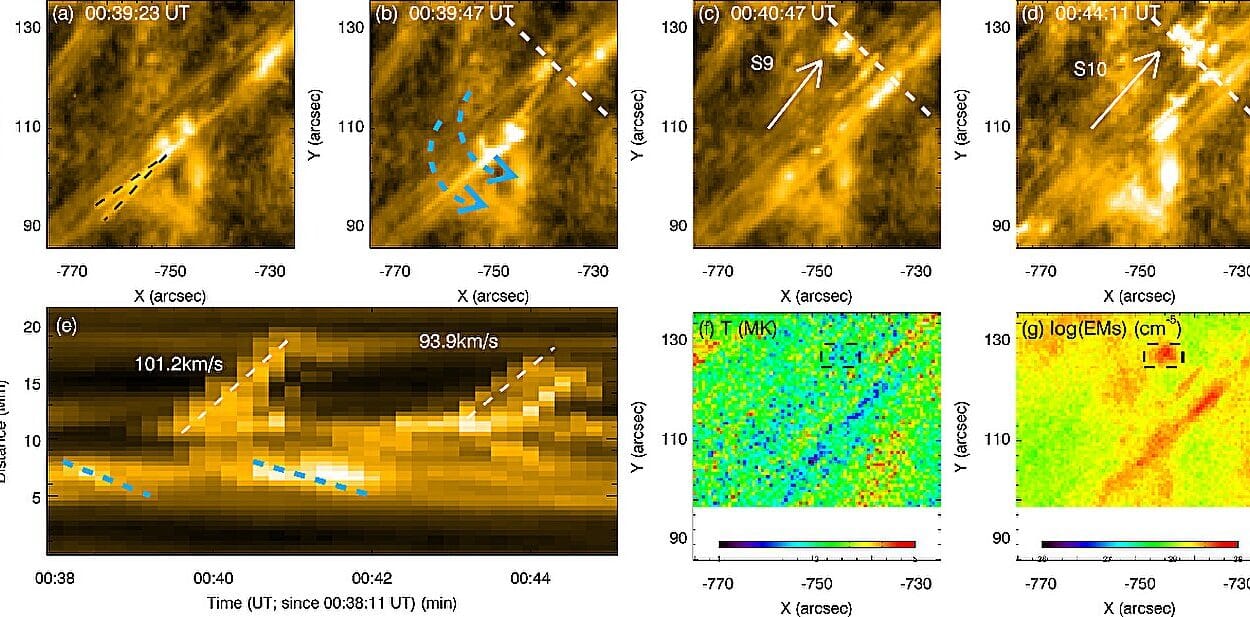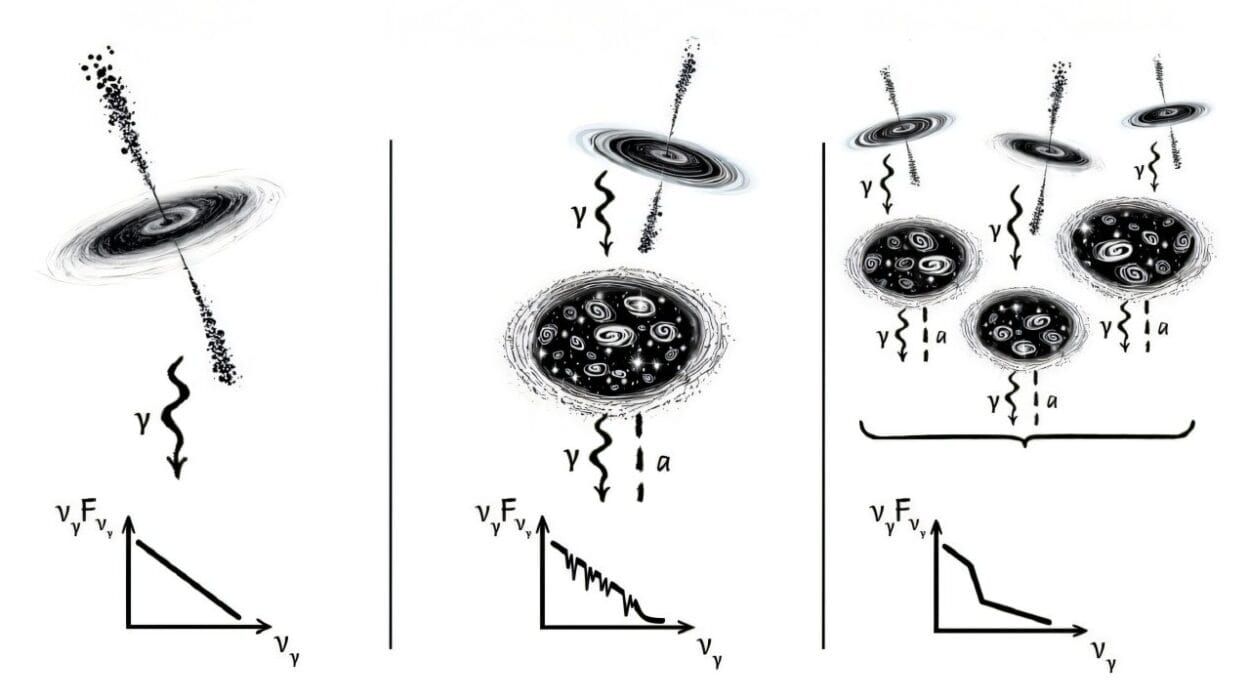We live in a universe that’s constantly changing. Galaxies spin, stars are born and die, planets crash into each other, and even the fabric of space itself stretches out like an elastic band. But amidst all this cosmic chaos, one question stands out like a solitary beacon in the night:
Will the universe ever come to an end?
And if it does, how?
This isn’t just a scientific curiosity—it’s a deeply human question. We’re all temporary, fragile beings trying to understand our place in something infinitely larger. Understanding the fate of the universe isn’t just about distant stars and dying galaxies; it’s about whether existence itself has a finish line.
In this exploration, we’ll dive deep into the fate of everything. We’ll explore scientific theories, cosmic mysteries, and the philosophical implications of the universe’s possible endings. Whether you’re a science lover, a dreamer staring at the stars, or just curious about how it all might end, you’re in for a cosmic ride.
The Universe – A Brief Origin Story
Before we talk about the end, we need to understand the beginning—and what’s been happening ever since.
The Big Bang – Where It All Started
Roughly 13.8 billion years ago, there was a moment of unimaginable energy and potential: the Big Bang. Contrary to popular belief, it wasn’t an explosion in space, but an expansion of space itself. Space, time, energy, and matter all began in a single, infinitely dense point—a singularity.
Within a tiny fraction of a second, the universe underwent cosmic inflation, expanding faster than the speed of light. What was once smaller than an atom ballooned into something far larger, setting the stage for everything we see (and don’t see) today.
The Expanding Universe
Thanks to astronomers like Edwin Hubble, we know the universe isn’t static. Galaxies are moving away from each other, carried along by the expansion of space itself. This discovery—made nearly a century ago—completely reshaped our understanding of the cosmos.
And it didn’t stop there.
In 1998, scientists made a stunning discovery: the universe’s expansion isn’t slowing down—it’s speeding up. Something is pushing galaxies apart faster and faster, and we call that something dark energy.
But what is dark energy? And what does it mean for the fate of everything? To answer that, we need to explore the possible endings of the universe.
How the Universe Might End
There isn’t just one theory about how the universe will end. There are several, each more mind-bending than the last. The truth is, we don’t know exactly what will happen—but based on what we do know about physics, cosmology, and the mysterious forces at play, scientists have come up with a few possibilities.
Here are the leading theories about the end of the universe.
The Big Freeze (Heat Death)
The Chilling Future
The most widely accepted theory is known as the Big Freeze, also called Heat Death. And it’s as bleak as it sounds.
In this scenario, the universe keeps expanding. Galaxies continue moving farther apart. Eventually, they’ll be so distant that light from one galaxy will never reach another. Stars will burn out, one by one, leaving behind dead husks like white dwarfs, neutron stars, and black holes.
The universe will grow cold, dark, and empty.
Entropy Rules Everything
This idea ties into the second law of thermodynamics, which says that entropy—the measure of disorder in a system—always increases. Over time, usable energy becomes less and less available. Stars die, energy spreads out, and the universe becomes a cold, featureless place where nothing interesting ever happens again.
This is Heat Death: a universe stretched thin, energy too scattered to do anything useful, temperature approaching absolute zero. Life as we know it would be impossible.
If the Big Freeze is our fate, the end is slow, quiet, and cold—the universe simply winds down like an old clock.
The Big Crunch
Gravity Strikes Back
Now let’s flip the script. What if the expansion of the universe stopped—or even reversed? What if gravity, the great cosmic glue, overcame the mysterious force of dark energy?
In this scenario, galaxies would stop flying apart and start falling back together. Space itself would begin to contract, and everything in the universe would collapse inward.
Galaxies, stars, planets… everything would be crushed into an incredibly dense singularity—the reverse of the Big Bang.
The Final Collapse
This is the Big Crunch.
It’s a universe that ends in fire, not ice. Temperatures rise as matter is compressed. Stars explode in cataclysmic events. Black holes collide and merge until there’s nothing left but an unimaginably hot, dense state.
Some scientists wonder: if a Big Crunch happens, could it lead to another Big Bang? Could the universe be cyclical—endlessly expanding and contracting in an eternal rhythm of birth, death, and rebirth?
It’s a poetic idea. But current evidence suggests that dark energy is too strong, and expansion isn’t slowing down.
The Big Rip
Dark Energy Goes Wild
The Big Rip takes dark energy to its terrifying extreme. If dark energy’s repulsive force grows stronger over time, it could eventually overwhelm everything, even the fundamental forces holding atoms together.
Everything Tears Apart
First, galaxy clusters would fly apart. Then galaxies themselves would disintegrate. Planets would be torn from stars. Eventually, stars and planets would be shredded.
In the final moments, molecules, atoms—even the nuclei inside atoms—would be ripped apart. Space-time itself would be torn asunder.
The Endgame
If the Big Rip happens, it will be violent and fast. In the last few seconds, nothing would be safe from destruction—not even the fabric of reality.
According to some estimates, this might happen 22 billion years from now. But it depends on the exact nature of dark energy, which remains one of the universe’s greatest mysteries.
Vacuum Decay (The False Vacuum Hypothesis)
A Quantum Catastrophe
If you want to lose sleep at night, think about vacuum decay. This theory comes from quantum physics and suggests that the universe could be living in a false vacuum—a state that looks stable but isn’t the lowest energy state possible.
If a bubble of true vacuum formed somewhere in the universe, it could expand at the speed of light, rewriting the laws of physics as it went. Anything caught inside would be instantly annihilated, with no warning.
No Escape, No Chance
The terrifying part? We wouldn’t see it coming. One second we’re here, the next second we’re not. Even space and time inside the bubble would be different. Chemistry, gravity, light—everything could change. Or just end.
Thankfully, there’s no evidence that vacuum decay is imminent. But according to some interpretations of particle physics (like what we know about the Higgs boson), it’s not impossible.
The Bounce, the Crunch, and Other Cosmic Cycles
A Universe Without End?
Some theories suggest the universe never really ends. Instead, it goes through cycles of expansion and contraction.
The Big Bounce theory proposes that each time the universe collapses in a Big Crunch, it bounces back in a new Big Bang. This could happen endlessly, meaning our universe is just one in an infinite series of universes, each born from the ashes of the last.
What About the Multiverse?
Some versions of string theory and quantum physics suggest there might be an infinite number of universes. In this multiverse, universes are constantly being born, expanding, and dying.
Maybe our universe’s end is just one small event in an endless cosmic sea of beginnings and endings.
The Role of Black Holes in the End Times
Black Holes Take Over
Long after the last stars have burned out, black holes will remain. They’ll slowly gobble up stray gas, stars, and even other black holes. Over trillions of years, they could dominate the universe.
But black holes don’t last forever. Thanks to Hawking radiation, they slowly evaporate, leaking energy back into space. Eventually, even the biggest black holes will vanish, leaving behind nothing but cold, empty space.
The Last Echoes of Energy
In the distant future, the universe might be filled with low-energy photons and neutrinos, with a temperature barely above absolute zero. Black holes could be the last fireworks before the darkness takes over completely.
Philosophical Implications – What Does the End Mean for Us?
Facing Cosmic Mortality
When we think about the end of the universe, it’s easy to feel small. After all, everything we know and love exists on a tiny rock orbiting a mediocre star in one galaxy among trillions.
But understanding our place in the universe’s story gives us a unique perspective. We’re conscious beings, capable of asking these questions, exploring the cosmos, and seeking meaning.
Hope Beyond the End
Some philosophers and scientists speculate that advanced civilizations might one day find ways to escape the universe’s fate—creating new universes or finding higher dimensions.
And even if the universe does end, we’re part of its history. Our thoughts, art, science, and love are temporary, but they’re part of something vast and beautiful.
Where Science Goes from Here
Dark Energy – The Ultimate Mystery
The fate of the universe hinges on something we know almost nothing about: dark energy. Scientists are working hard to measure it more precisely, hoping to understand whether it’s constant or changing over time.
Next-Generation Telescopes and Experiments
Telescopes like the James Webb Space Telescope and upcoming projects like the Euclid mission and Vera Rubin Observatory aim to map the universe in unprecedented detail.
They’ll help us answer crucial questions:
- How does dark energy behave?
- Will the universe expand forever?
- Is a Big Rip or Big Freeze more likely?
The Search for Deeper Truths
At the cutting edge of physics, researchers are probing quantum mechanics, string theory, and the fabric of space-time itself. The answers to the universe’s fate might lie in theoretical physics, waiting to be discovered.
Conclusion: The End of Everything, or a New Beginning?
As we gaze into the night sky, we’re looking into the past. We see stars that died millions of years ago and galaxies from the early days of the cosmos. But we’re also looking toward the future—toward the destiny of everything.
The universe might end in fire, ice, or something stranger than we can imagine. But for now, we live in a fleeting moment of light and life.
And maybe that’s enough.
Maybe understanding the end helps us appreciate the miracle of now.
The cosmos is vast, mysterious, and breathtakingly beautiful. Its fate may be written in the stars—but the story isn’t over yet.
